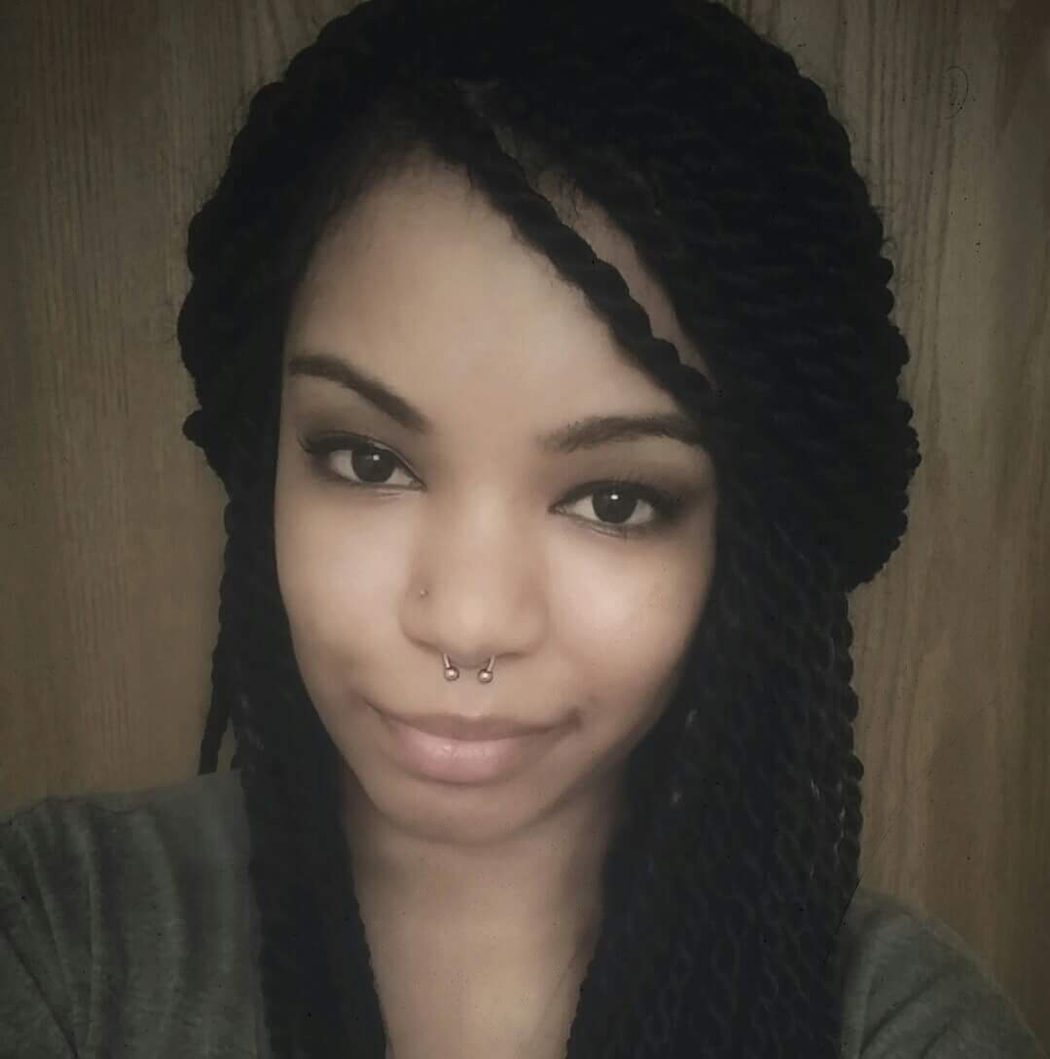By Katherine Garcia
I grew up in Puerto Rico and moved to the States with my family when I was eight years old. Latina was the first label that helped me understand who I was in relation to my world. It was also what set me apart in places where I was the minority, something that was a common occurrence.
Identifying as Latina comes with its own set of stereotypes, expectations, and restrictions. Family is considered to be the most important of responsibilities, oftentimes more important than individual goals and desires.
Women are expected to marry, have children, and build a home. Home building and feminine qualities are a source of pride. Men are expected to be the head of the household and to work hard to provide for their families.
Their masculinity is a source of pride. As a Latina woman, my identity is very much connected to my sexuality. To society, I am perceived as hypersexual, being always willing to satisfy fantasies. Rarely am I portrayed as anything other than heterosexual. Both my culture and public perceptions work to restrict my identity.
The box I lived in for much of my life was so cluttered with expectations and formulas on how to best fit my label as a Latina woman that it was nearly impossible to personalize my identity.
Coming out as a bisexual woman further complicated this because it meant I was deviating from my label as a Latina woman. It was almost like bisexuality and being Latina were contradictory, except for the hypersexuality – a stereotype both labels have in common.
Because sexuality was never something comfortably discussed in my family and because the comfort level wasn’t much higher in my education, I didn’t come into contact with the word ‘bisexual’ until I was in high school. At that point bisexuality was very much considered a phase and I knew what I felt was more of a permanent thing, so I chose not to identify with it.
Although I was aware of my attractions much earlier than high school, I didn’t have a word available for those attractions and so I felt there must be something wrong with me. If there’s no word for it then it must not be common – it must not be normal.
I was a junior in college when I began to identify as bisexual. With this new identity label came many challenges, but also some really liberating and empowering benefits.
The most difficult challenges for me were navigating the stereotypes of being bisexual and once again feeling the need to fit into a box. I had already internalized the negative stereotypes of my identity, which meant I felt free but I also felt judged – both by others and myself. There were many times I felt my behavior did not fit with my label and therefore I was not legitimate.
Being me became liberating when I allowed myself to make room and to complicate the meaning behind my labels. I was able to create awareness for those who felt abnormal or alone when I began to understand how perceptions about bisexuality were formed and how they affected me personally.
I think one of the benefits of using labels is that they allow you to have a general understanding that is a necessary and unifying element of community building. However, it is crucial to allow room for personalization and to complicate them because we are not all the same and because not being the same and not matching a label perfectly shouldn’t mean you don’t have the right to use it.
Once I was comfortable with identifying as bisexual, I started to explore other words to describe myself. I came across pansexual and knew right away that it fit me better than bisexual. I had in the past experienced attraction to multiple genders. I knew I had the potential to experience both romantic and sexual attraction to multiple genders in the future and that distinction was and is very important to me.
Although I believe the word bisexual is encompassing of all my potential attractions, I do use both pansexual and bisexual labels depending on context and to whom I am speaking. My comfort level is very much connected to the comfort level of the people I am around, which I admit is an unfortunate reality and something I am working to overcome.
Because my main goal is to be known and to be counted after being invisible for so long, I tend to use the word bisexual around people who see this as being all-encompassing and inclusive of attractions towards more than just men and women. For those who believe this word promotes a gender binary, I identify as pansexual.
Yes, there are still many challenges to overcome as I work towards feeling comfortable in my skin, but I now know and accept myself as a bisexual Latina. I am a bisexual Latina and that may mean something different to me than it does to others who utilize these same words in so many beautiful and complicated ways. This reality, to me, is truly brilliant.
Katherine Garcia is a current graduate student in the Department of Gender and Women’s Studies at the University of Wisconsin-Madison and a contributing writer for Everyday Feminism.

